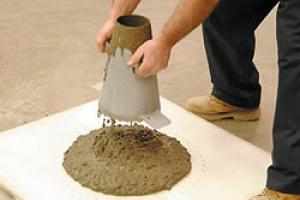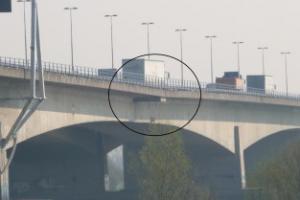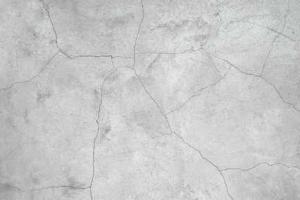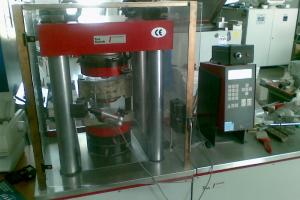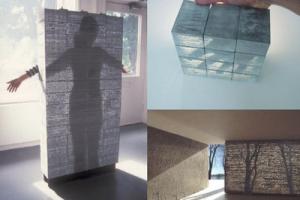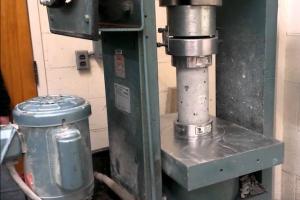Types and Causes of Cracks in Concrete
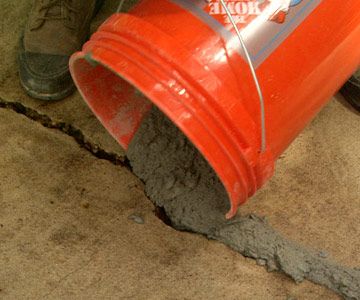
Types of Concrete Cracks:
Cracks in concrete are mainly of three types:
- Tension Cracks
- Shear Cracks
- Bond Cracks
Causes of Concrete Cracks:
Cracks in concrete are caused due to several factors which are as under:
- One of the major causes of cracks in concrete is contraction and cooling due to heat evolution during the process of hydration which leads the concrete towards the setting.
- Cracks can appear in the section which is smaller and attached to the larger section due to differential expansion and contraction.
- The application of high load on concrete can also result in cracks
- Improper compaction of surface below can result in settlement of the underlying soil, causing concrete above to get cracked.
- If the concrete is not poured monolithically it also causes development of a construction joint in concrete which can appear as crack, if not properly filled.
- Shrinkage of concrete can also give rise to cracks in concrete.
- Creep also brings about cracks in concrete.
The rapid drying usually occurs during hot weather when concrete has to tackle with hot weather plus high winds. This rapid drying takes towards the cracks formation. It is usually suggested that the place where concrete is going to be placed must be damped or otherwise it should be waterproof.
- Form work should have sufficient strength to bear the load of concrete which is to be poured over it. Any movement in formwork causes cracks in concrete.
- Too much tensile reinforcement at openings like corners of doors and windows leads towards formation of cracks.
- Cracks can appear at places where splicing of steels and their bending is done. That's why sufficient thickness of concrete should be given at these points.
- Very small cracks at tension side of concrete section are unavoidable due to the reason that concrete is too much weak in tension as compared to steel. But the main thing is that through these cracks, the moisture can go inside the concrete and can cause the corrosion of steel reinforcement. So special attention is required in pouring of the concrete at tension side.
- Surface cracks usually appear due to use of mortar rich in cement, too much water, insufficient curing and over troweling. By controlling these factors, surface cracks can be reduced.



